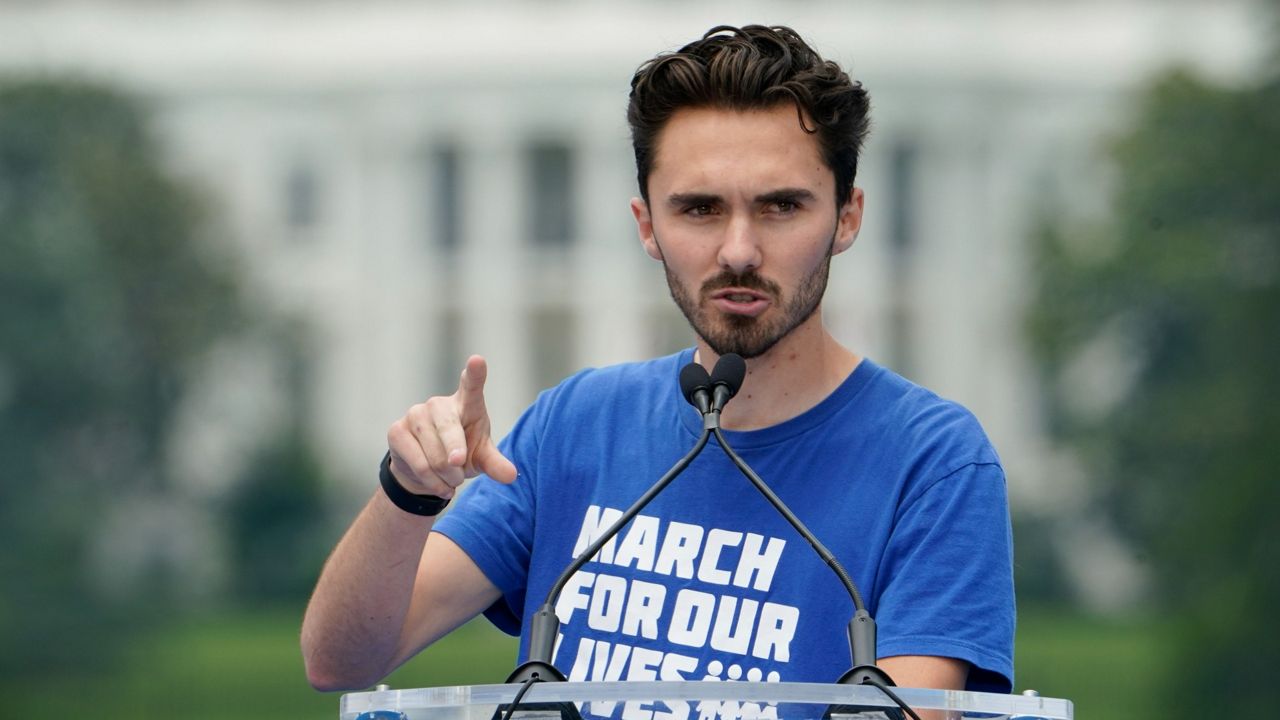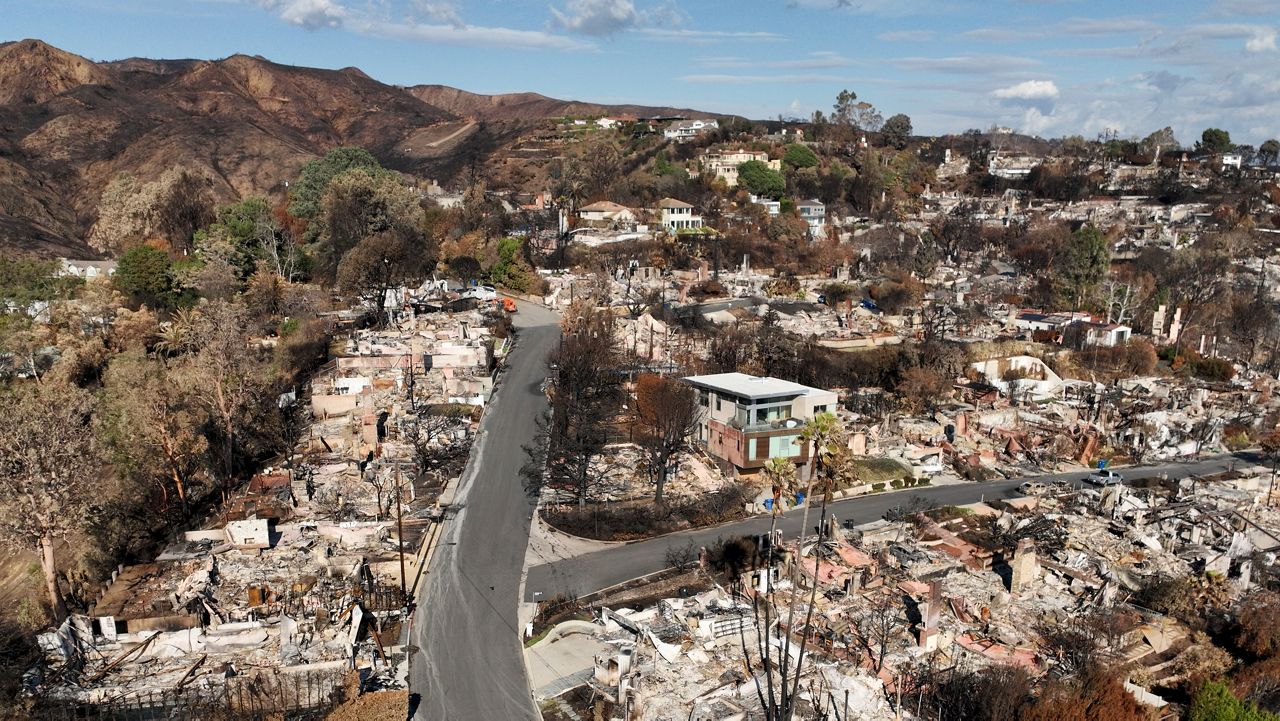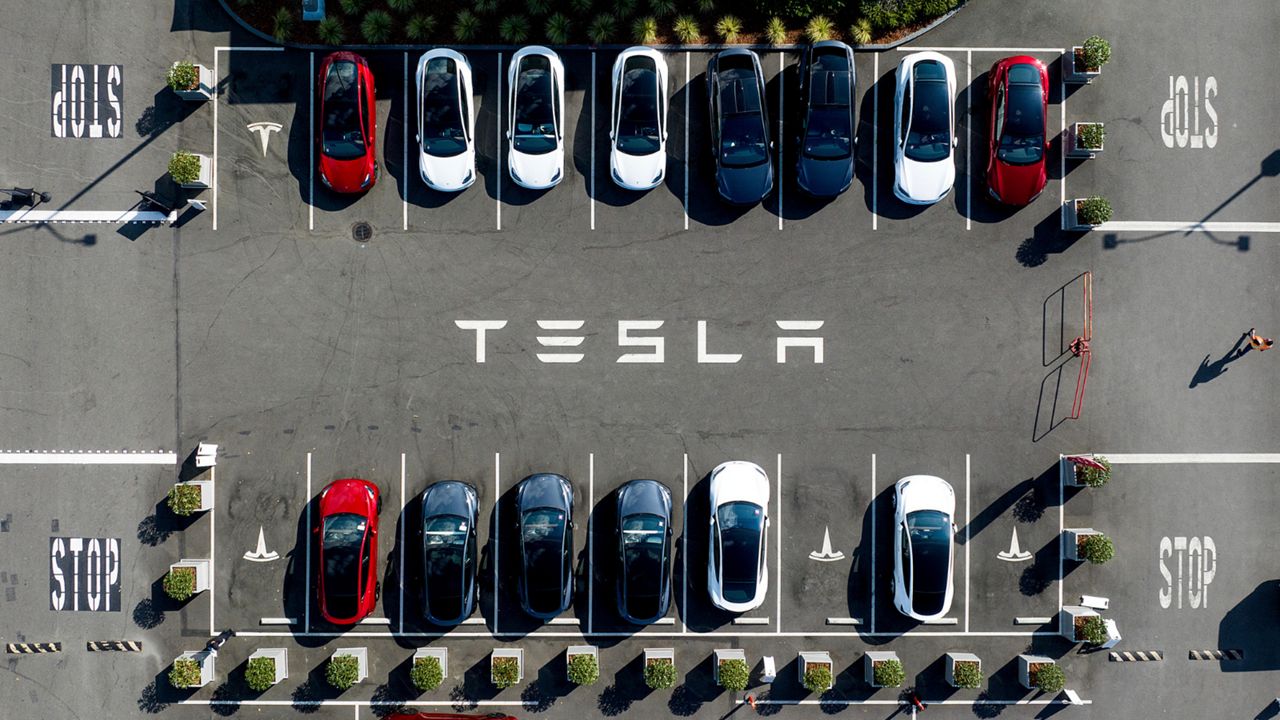U.S. employers added 114,000 jobs in July, the Bureau of Labor Statistics announced Friday, a sign of slower hiring in the face of high interest rates.
The figure is a sharp drop from the 179,000 jobs added in June, and fell short of the 175,000 that experts predicted.
The economy has proven unexpectedly sturdy in the face of the Federal Reserve’s campaign to tame inflation with high interest rates. The Fed raised its benchmark rate 11 times in 2022 and 2023, taking it to a 23-year high. But the higher borrowing costs appear to be taking a toll.
From January through June this year, the economy has generated a solid average of 222,000 new jobs a month, down from an average 251,000 last year, 377,000 in 2022 and a record 604,000 in 2021 when the economy bounded back from COVID-19 lockdowns.
President Joe Biden acknowledged that Friday's report "shows employment is growing more gradually at a time when inflation has declined significantly."
"Business investment remains strong thanks in part to our investing in America agenda, which is creating good-paying jobs in communities that have been left behind," he said in a statement. "There’s more to do, but we’re making progress growing the economy from the middle out and the bottom up."
"Prices are still too high," Biden continued. "We will keep fighting to lower costs by taking on price gouging, capping prescription drug costs, and building more homes. Congressional Republicans are siding with special interests at the expense of the middle class—with more tax cuts for billionaires and big corporations while threatening Social Security and Medicare. While they try to take us back, we will keep fighting for the future."
The unemployment rate ticked up to 4.3%, the highest figure since October 2021. The rate has risen for the last three months, triggering the so-called Sahm Rule, named for former Fed economist Claudia Sahm, which historically signals an economy in recession.
But Sahm, now chief economist at the investment firm New Century Advisors, said that this time “a recession is not imminent’’ even if unemployment crosses the Sahm Rule threshold.
Many economists believe that today’s rising unemployment rates reveal an influx of new workers into the American labor force who sometimes need time to find work, rather than a worrisome increase in job losses.
“Labor demand is slowing,’’ said Matthew Martin, U.S. economist at Oxford Economics, “but companies are not laying off workers in large numbers, which reduces the odds of a negative feedback loop of rising unemployment leading to income loss, reduction in spending, and more layoffs.’’
Nonetheless, Sahm remains concerned about the hiring slowdown, noting that a deteriorating job market can feed on itself.
“Once you have a certain momentum going to the downside, it often can get going,’’ Sahm said. The Sahm rule, she says, is “not working like it usually does, but it shouldn’t be ignored.’’
Sahm urged Fed policymakers to preemptively cut their benchmark interest rate at their meeting this week, but they chose to leave it unchanged at the highest level in 23 years.
The Fed raised the rate 11 times in 2022 and 2023 to battle rising prices. Inflation has duly fallen — to 3% in June from 9.1% two years earlier. But it remains above the Fed’s 2% target and policymakers want to see more evidence it’s continuing to come down before they start cutting rates. Still, they are widely expected to make the first cut at their next meeting in September.
Friday’s job report could give them some encouraging news. According to FactSet, forecasters expect last month’s average hourly wages to come in 3.7% above July 2023 levels. That would be the smallest gain since May 2021 and would mark progress toward the 3.5% that many economists see as consistent with the Fed’s inflation goal.









